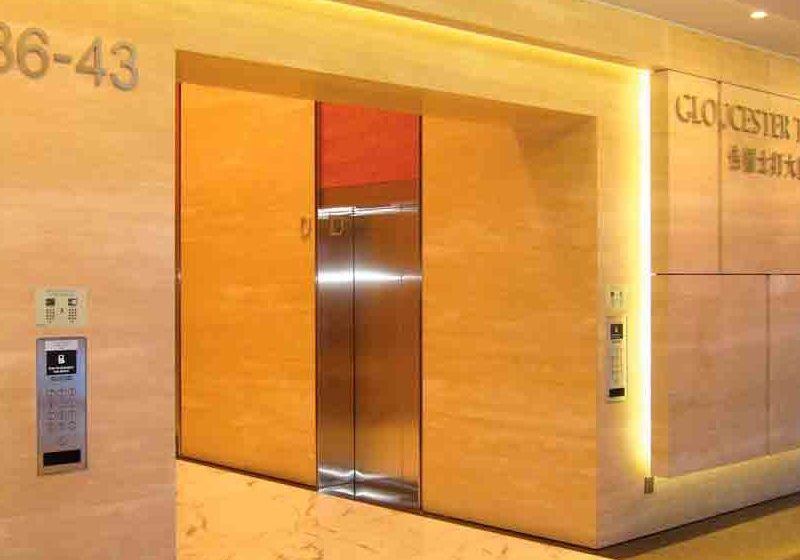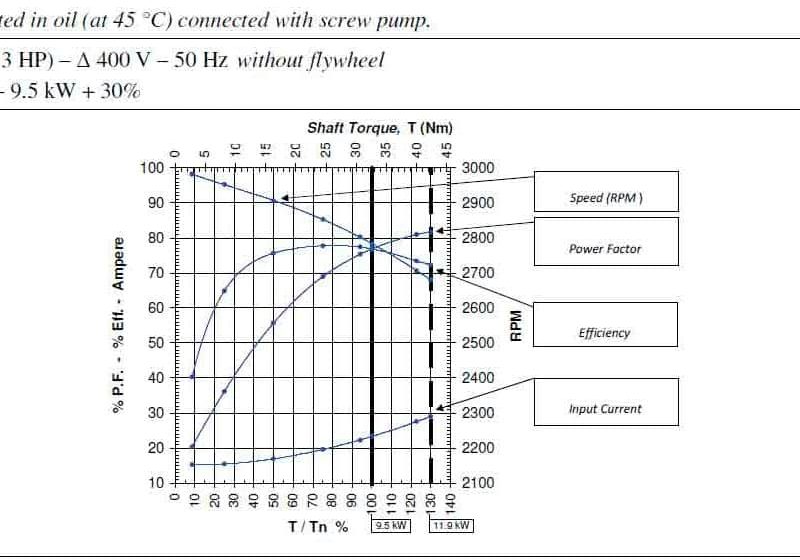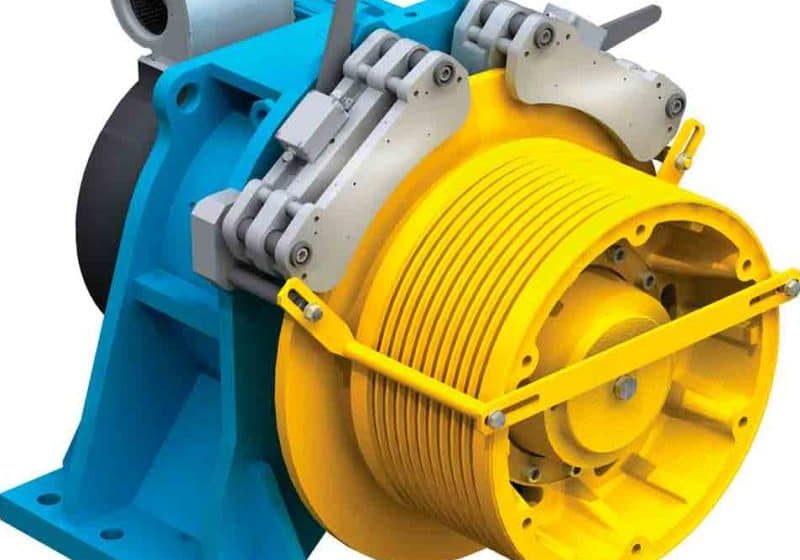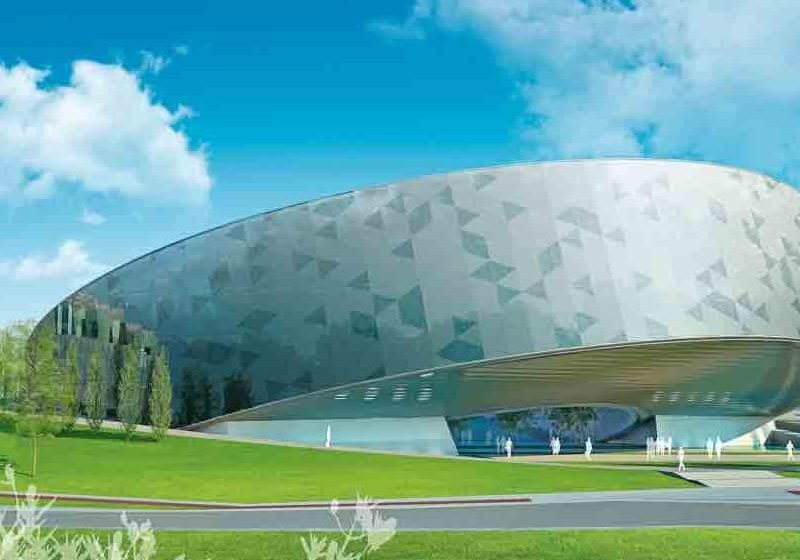For most of my life I commuted more than 40 mi. each way to and from work, usually by means of the Long Island Railroad, but often by car, as well. The amount of time and, more importantly, energy expended is difficult to calculate, but it is sufficient to say it was significant. Although much of my daily travel was done on a common carrier, one of the most efficient ways to travel, if I had lived closer to where I worked, the carbon footprint I left behind in my hometown would have been significantly smaller than it became by the time I moved to the U.S. Gulf Coast region. Since the end of World War II, this is the way many Americans have lived.
During the last half of the 20th century, many moved to suburbs, on the outskirts of major metropolitan areas. To get to work we have to commute many miles on a daily basis to our places of employment in office buildings built in central business districts of major cities. This hectic lifestyle has not been very energy efficient. Is there a better way? Until recently, not really. But, today, as you will see in some of the articles in this month’s issue of ELEVATOR WORLD, there may be.
The article by Nathanial Hollister and Antony Wood describes the current 20 tallest buildings in the world. In this report, the authors have indicated the list of these structures changes annually. And, the occupancies for which today’s supertall buildings are designed have changed significantly from those of the last century as well. Today, the world’s tallest buildings are no longer primarily commercial office buildings as they were during the 20th century, but, instead, designed to serve residential and, in some cases, hotel occupants, as well as commercial businesses.
Just 11 years ago, the Willis (formerly Sears) Tower in the U.S. and the Petronas Towers in Asia (which was eventually declared the world’s tallest building by the Council on Tall Buildings and Urban Habitat in 1996) were vying for the title of the world’s tallest building. Both structures were office buildings. Today, neither are on the 20-tallest building list, and those that are, in addition to containing office space, also contain significant sections to accommodate private residences, as well as hotel occupants. It is this mixed use that makes megatall (as they are being called now) structures commercially viable and very attractive from the standpoint of energy consumption.
Occupants of 21st-century megatall buildings can live and work in the same structure. Instead of commuting by automobile or train, people can travel to and from work by elevator. And, as the energy utilization characteristics of elevator systems improve beyond what they are today, as discussed by Pieter J. de Groot in his article entitled “Building Technology: Intelligent Building Management Systems” in this month’s issue of EW, people living in this manner will be able to do so and leave behind a net zero carbon footprint.
During the next decade, I am certain the construction and elevator industries will develop even better means than they have in the past to minimize the impact their products and those who use them have on the environment. The mixed-use megatall buildings of tomorrow will provide us a more sustainable approach to how we will live and work in the future. And, it will be the elevator industry providing many of us with the better way to commute for which many people have been waiting.
Get more of Elevator World. Sign up for our free e-newsletter.








